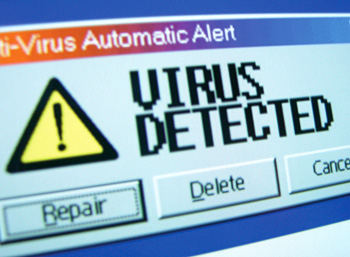INDIAN ARMED FORCES CHIEFS ON OUR RELENTLESS AND FOCUSED PUBLISHING EFFORTS

The insightful articles, inspiring narrations and analytical perspectives presented by the Editorial Team, establish an alluring connect with the reader. My compliments and best wishes to SP Guide Publications.

"Over the past 60 years, the growth of SP Guide Publications has mirrored the rising stature of Indian Navy. Its well-researched and informative magazines on Defence and Aerospace sector have served to shape an educated opinion of our military personnel, policy makers and the public alike. I wish SP's Publication team continued success, fair winds and following seas in all future endeavour!"

Since, its inception in 1964, SP Guide Publications has consistently demonstrated commitment to high-quality journalism in the aerospace and defence sectors, earning a well-deserved reputation as Asia's largest media house in this domain. I wish SP Guide Publications continued success in its pursuit of excellence.
- Indian Air Force Aims for Full Indigenous Inventory by 2047 — Air Chief Marshal A.P. Singh
- General Upendra Dwivedi takes over as the Chief of the Army Staff
- Rajnath Singh assumes charge as Defence Minister for the second consecutive term
- Admiral Dinesh K. Tripathi assumes Command of the Indian Navy as 26th Chief of the Naval Staff
- Prime Minister witnesses 'Bharat Shakti' – a Tri-Services Firing and Manoeuvre Exercise in Pokhran, Rajasthan
The Flame computer virus strikes Iran

Iranian security experts report a virus far more dangerous than the Stuxnet worm has struck the country’s computer systems.
Dubbed the “Flame,” the virus is one that has struck not only Iran, however, but a number of other adversaries of Israel as well.
The Kaspersky Internet security firm is calling the “Flame” data-stealing virus the “most sophisticated cyber weapon yet unleashed” and hinted it may have been created by the makers of the Stuxnet worm.
Kaspersky called the virus a “cyber-espionage worm” designed to collect and delete sensitive information, primarily in Middle Eastern countries.
The “Flame” has struck at least 600 specific computer systems in Iran, Syria, Lebanon, Egypt, Sudan, Saudi Arabia and the Palestinian Authority, Kaspersky malware expert Vitaly Kamluk told the BBC. He added that the virus has probably been operating discreetly for at least two years.
“This virus is stronger than its predecessor,” he said. “It is one that could only have been created by a state or other large entity.”
Problems in Iran’s computer systems are also continuing to surface in connection with the 2010 “Stuxnet” virus. The malware successfully disabled the computers that operated Iran’s uranium enrichment facility. More than 16,000 of the Natanz facility’s centrifuges were destroyed as a result of the cyber attack.





